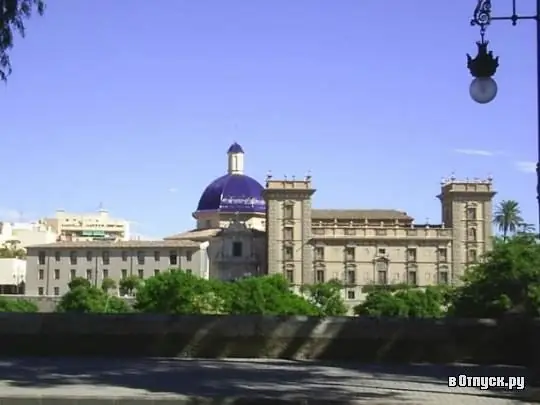
Description of the attraction
The Museum of Fine Arts is one of the most important and renowned museums in Valencia. The museum is a repository of many true masterpieces of painting, as well as prints, sculptures and sketches of the greatest masters who worked at different times.
The Museum of Fine Arts is located in the building of the seminary of the former monastery of Colechio San Pio V, an architectural monument, the creation of which dates back to the 17th and 18th centuries. The design of the seminary was the architect Juan Perez Castel, who began its construction back in 1638. Finally, the monastery was completed in the 18th century.
The most extensive collection of Gothic paintings is presented in the Museum, numbering about two thousand exhibits. There are large numbers of paintings by Valencian painters of the 14-15th centuries. The museum can rightfully be proud of such a collection of great works, among which one can distinguish a self-portrait by Velazquez, El Greco's painting “John the Baptist”, and the painting “Playing blind man's buff” by Francisco Jose de Goya. It also houses paintings by Joaquin Sorolla and many other prominent artists of the time.
The Museum has a unique collection of prints and sketches, in which engravings by Giovanni Battista Piranesi occupy a special place - there are about eight hundred of them. Unfortunately, this collection can not always be seen - it participates only in temporary exhibitions due to the complexity of storing these exhibits, for which it is necessary to observe a strictly defined temperature in the room and provide a certain lighting.
In addition, the Museum displays a collection of contemporary art, sculptures, and ancient altars from the 14-15th centuries.






